How to grow Syringa meyeri
Syringa meyeri - also known as the Korean Dwarf Lilac, the Korean Lilac or the Palibin - is a small lilac shrub that blooms in the late spring. A deciduous shrub which can resemble a tree, due to its often-sighted neat cluster of blooms and long single stalk. However, Syringa meyeri can also grow multiple stems as a shrub, producing an abundance of lavender-pink flowers.
Syringa meyeri grows 2 metres in height and 1.5 metres in width, making it the ideal choice for borders, containers or gardens with a little less space. Syringa’s short stature does not, however, equate to a lack of impact. This dwarf lilac comes with fabulously fragrant flowers, large blooms and perfect pops of colour.
One of the brilliant things about this plant is its compact nature. The delightful green leaves and blossoms grow in a shapely, rounded bush. Syringa meyeri is also a hardy perennial and steady-growing by nature - making it a relatively maintenance free addition to your garden. Another way to use it is as a potted tree to frame doorways and entrances.
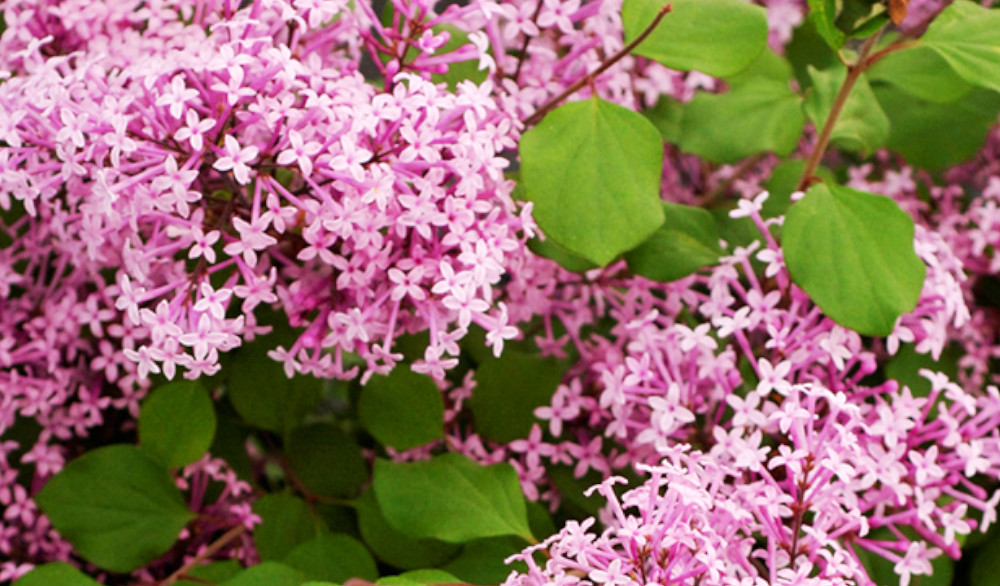
Key Information
Soil pH
Position
Hardiness

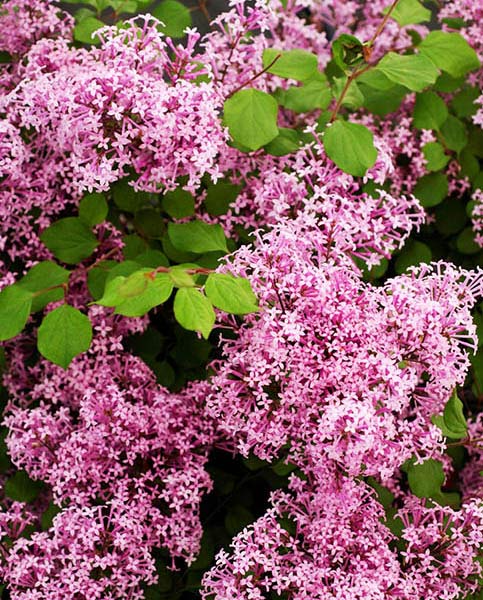
Where & when to plant Syringa meyeri
Whether you are planting Syringa as a shrub or a grafted tree, you will need to find a spot that benefits from partial sun and shade. Due to the size of the shrubs, they can be planted in containers and borders. Syringa meyeri is likely to spread out to 1.5 metres, so ensure that there is plenty of space for growth when planting. As the Syringa meyeri flowers across spring, summer and autumn, find a position that makes the most of the long bloom!
How to plant Syringa meyeri
Choose a site that enjoys partial sun and partial shade. You can plant your Syringa meyeri at any time throughout the year (as long as the soil is not waterlogged or frozen). Remember to leave plenty of space for the shrub to spread out horizontally.
If supplied as a bare root, soak the shrub’s roots for 10-15 minutes in water.
Dig a hole that is 3x wider than the roots, as these plants are likely to spread horizontally rather than vertically. Leave a few centimetres between the top of the root and the surface.
Place the shrub or bare root in the hole and backfill with the soil that was previously removed. Remember to water in well.

What to plant with Syringa meyeri
Syringa meyeri is a petite shrub and there are a few neighbouring plant options to choose from. To enhance the colouring of the fragrant flowers, you could pair your Syringa with a Viburnum - a similarly sized plant with cool pink and white flowers. Choose another steady-growing shrub such as Pink Starry Magnolia to create a pink paradise or a Magnolia stellata for a complementary touch of white.
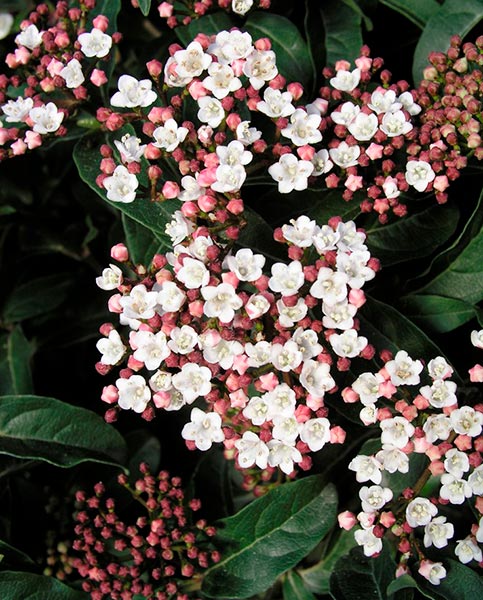
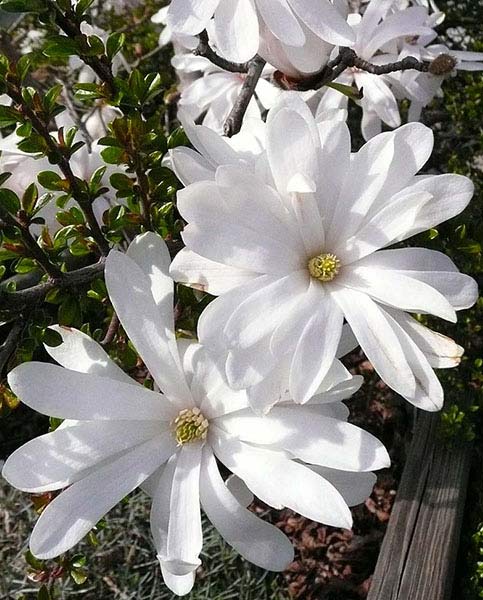
How to care for Syringa meyeri
Pruning & Deadheading
Your Syringa meyeri only requires pruning once a year. When pruning, cut back ⅓ of the oldest branches close to the base of the shrub. In mid-summer, after the initial bloom in May-June, deadhead any fading flowers this may bring a ‘second flush’ of blooms. Remember that the flowering time for Syringa meyeri does not end until the end of September, so do not deadhead all the flowers until around a month after this point. You will not need to prune your Syringa to shape it too often, as it will maintain its shape naturally.
Watering
After the initial planting, you need to keep the soil moist to facilitate healthy growth. Periods of dry weather will mean the moisture levels will need a top-up two to three times a week. Be careful not to oversaturate the soil.
Cold Protection
As a fully hardy perennial, Syringa meyeri will cope until temperatures of -15°C. You can mulch your plant in spring to encourage healthy re-growth.
Pests & Diseases
When it comes to Syringa meyeri, there are a couple of lilac-specific diseases to be mindful of, as well as the usual garden critters. Often, large brown spots can appear on lilac leaves from June onwards, or the leaves may appear blistered; this is due to leaf-mining moths. You should also be mindful of lilac blight, which is a blackening of the buds or
leaves combined with wilting of the stems and shoots. You can lessen the visible infection by pruning infected branches back.
How to propagate Syringa meyeri
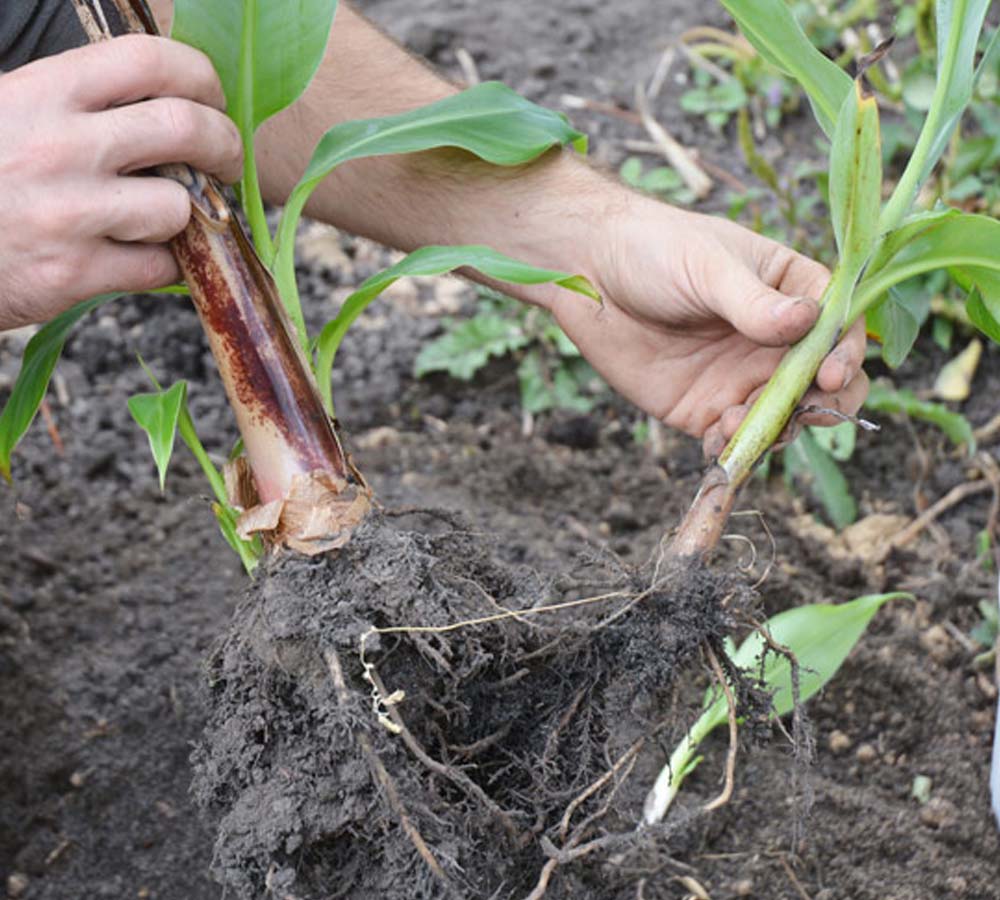
To propagate your Syringa Meyeri, start by taking softwood cuttings. You can do this using gardening scissors, cutting the stem just above the leaf joints. Remove the lower leaves of the cutting by pinching them off, leaving a small portion of the leaf joint behind.

Plant the cutting in a proprietary compost, ensuring that the first pair of leaves on the cutting sit above the surface of the compost.

Add a small stick or cane to each side of the pot and put a small plastic bag on top to create humidity. Keep warm and out of direct sunlight for approximately 6 weeks and re-pot when ready.
Common Syringa Meyeri Questions
What is a Palibin lilac?
The Palibin is another name for the Syringa meyeri - also known as the Korean Lilac or the Korean Dwarf Shrub.
Is lilac Syringa meyeri evergreen?
No. Syringa meyeri or Palibin is deciduous, meaning it sheds its leaves each winter. However, it has one of the longest flowering periods of any lilac across the summer.




